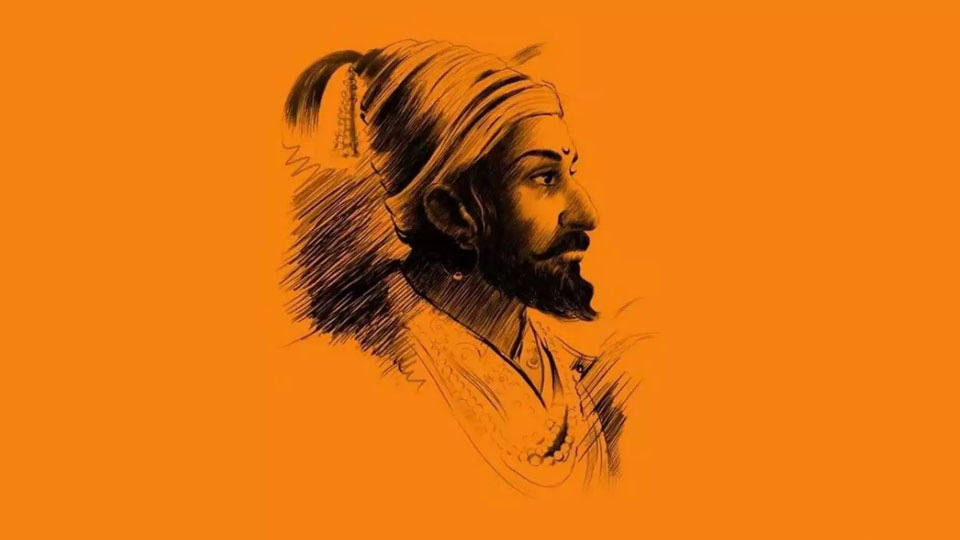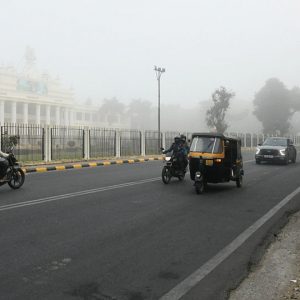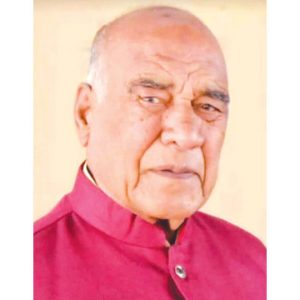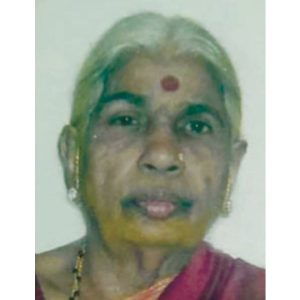
[Continued from Thursday]
Shahaji was one of the important nobles in the Bijapur Court. He had prospered in Bijapur so well that he lost all interest in his Zamindari lands near the Mughal border. In his Durbar robes, he prominently distinguished himself as a Hindu by the red caste mark on his forehead. Since the Sultan was always in his favour, the intrigues by other Musalman Courtiers did not harm him. Shahaji wanted his son Shivaji to have a suitable career in Bijapur Sultan’s service and also wanted to arrange Shivaji’s marriage.
To everybody’s surprise, Shahaji had already married another woman by name Tukabai and by her, a son Venkoji was born. Shahaji had such a goodwill with the Sultan of Bijapur that while the boundary between the Mughal empire and the kingdom of Bijapur was demarcated under the Peace Treaty of 1637 the Zamindari (fiefdom) that belonged to Shivaji’s grandfather Maloji was brought under the kingdom of Bijapur, outside the area belonging to the Mughal empire, as otherwise Shahaji would lose the ownership of his land.
Alas, the forethought and the negotiating skill the Sultan and Shahaji had in 1637, our Indian leaders did not have in 1972 while signing the Simla Agreement with Pakistan ! Perish the thought. No wonder CAA protests are continuing.
While Shahaji and Jijabai were thinking about Shivaji’s marriage and a career in Bijapur Sultan’s service for him, an unexpected episode took place that changed the destiny of Shivaji and in a way of Hindus of the country. Once, Shahaji took his son Shivaji to the Durbar of Bijapur Sultan to pay his respect as a first move in introducing Shivaji into the life of the Court. The Sultan was well-ensconced in the Durbar Hall on a low throne in his royal regalia. An enormous umbrella of the State was held over his head and the courtiers wielded gold-handled fly-whisks.
As the nobles approached the throne taking their turn, they prostrated themselves before the Sultan bowing their turbaned heads to the carpet. Shivaji’s father Shahaji too followed their example. However, his young son Shivaji did not prostrate nor bow his head before the Sultan. Instead he saluted the Sultan with a Maratha salaam that he had seen his own people greet their superiors in the villages of the hills country where he lived his days in the past. The Maratha salaam was a simple, manly gesture of raising both hands with palms together to level of the chin.
Shivaji’s father realised that neither the Sultan nor the other Musalman courtiers would forgive him for his son’s innocent or audacious refusal to prostrate like others. It was considered as an act of obstinate defiance on the part of Shivaji. The worst was Shivaji could not be persuaded to correct himself and follow the prescribed manner to approach the Sultan. It was only the high favour which Shivaji’s father Shahaji enjoyed in that Court that saved Shivaji from immediate punishment.
After this regrettable incident, Shahaji lost patience with Shivaji. It was a time, with the exception of a few Hindu nobles like Shahaji who were naturally happy in high office, the mass of Hindus were made to feel they were an inferior race, says Historian Dennis Kincaid. As if what had happened at the Sultan’s Court was not enough of defiance of a Muslim ruler, Shivaji had made another show of his protest. He had held a public protest against cow slaughter which led to a riot in which the Musalman butchers were attacked. Shahaji soon realised that his own position in the Sultan’s Court was compromised by his son Shivaji’s defiant behaviour. He ordered his wife Jijabai to take Shivaji away from Bijapur and return to their ancestral estates, Zamindari, on the Mughal frontier.
Shivaji was aged 13 years only. The only wise decision his father took while sending Shivaji and his mother away from Bijapur was to appoint a Brahmin teacher (Guru) by name Dadaji Kondadev, to educate Shivaji.
Among the villages that belonged to Shivaji under his father’s Jahagir (Zamindari) was Pune through which Mughal soldiers used to pass. Dadaji Kondadev built a big house called ‘Lal Mahal’ in Pune for Shivaji and his mother.
It is from here Shivaji’s future as a warrior and later a King began to unfold and blossom. His spiritual and academic education continued under his mother Jijabai and the Brahmin Guru Dadaji Kondadev. He went about the forest areas on horseback making friends among whom the legendary Tanaji Malusare was one. It may be recalled that recently a Hindi feature film ‘Tanhaji’ was made on his life and adventure in assisting Shivaji to capture the forts belonging to the Mughal Emperor Aurangzeb.
Under the guidance of Dadaji Kondadev, Pune became a prosperous town which was once looted and burned down by the Muslim marauders. According to history, only a few fisher folk lived along the river Mutha. Incidentally, from 1970 to 1975, I used to drive along this river Mutha from Deccan Gymkhana area to the Railway Station daily to my office. There is also another river passing through Pune known as Mula.
So the years passed and Shivaji grew to manhood. He was short in height but was broad in shoulders and very strongly built. His arms were unusually long. I am told it is so in the case of many famous persons in history. He allowed his beard and moustache to grow and always wore a turban under which was a prominent aquiline nose. According to historians, he was always erect, very active and whenever he spoke, there was a smile playing on his face. He had a quick and piercing eye.
[To be continued]
e-mail: [email protected]







Recent Comments